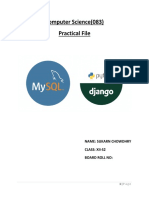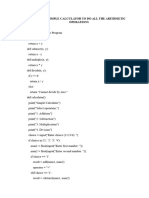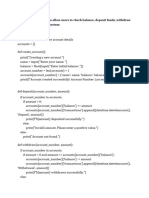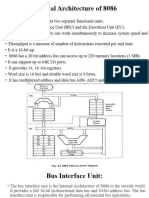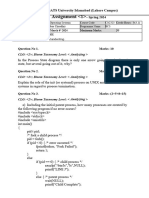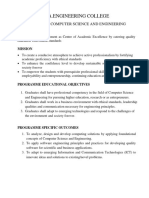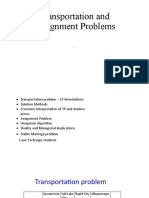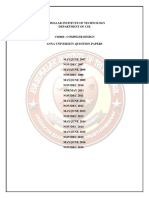0% found this document useful (0 votes)
34 views12 pagesPython Lab Manual
The document contains a series of Python programming exercises covering various topics such as Fibonacci sequence checking, solving quadratic equations, natural number summation, multiplication tables, prime number checking, linear search, calculator implementation, string functions, selection sort, stack implementation, file operations, regular expressions, list and dictionary usage, SQLite database operations, GUI creation with Tkinter, exception handling, and data visualization with Matplotlib and NumPy. Each exercise includes code snippets and explanations for functionality. The document serves as a comprehensive guide for practicing Python programming skills.
Uploaded by
junaidpasha1997Copyright
© © All Rights Reserved
We take content rights seriously. If you suspect this is your content, claim it here.
Available Formats
Download as PDF, TXT or read online on Scribd
0% found this document useful (0 votes)
34 views12 pagesPython Lab Manual
The document contains a series of Python programming exercises covering various topics such as Fibonacci sequence checking, solving quadratic equations, natural number summation, multiplication tables, prime number checking, linear search, calculator implementation, string functions, selection sort, stack implementation, file operations, regular expressions, list and dictionary usage, SQLite database operations, GUI creation with Tkinter, exception handling, and data visualization with Matplotlib and NumPy. Each exercise includes code snippets and explanations for functionality. The document serves as a comprehensive guide for practicing Python programming skills.
Uploaded by
junaidpasha1997Copyright
© © All Rights Reserved
We take content rights seriously. If you suspect this is your content, claim it here.
Available Formats
Download as PDF, TXT or read online on Scribd
/ 12






